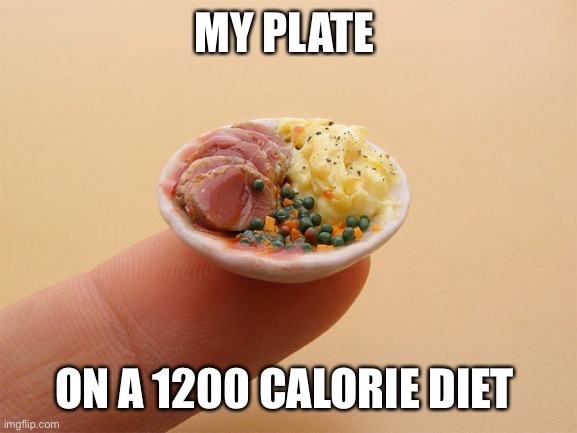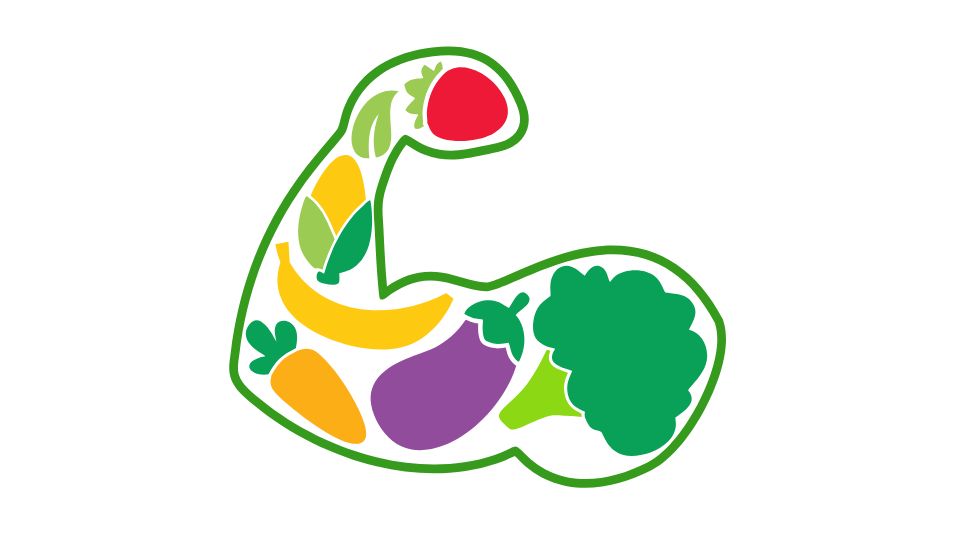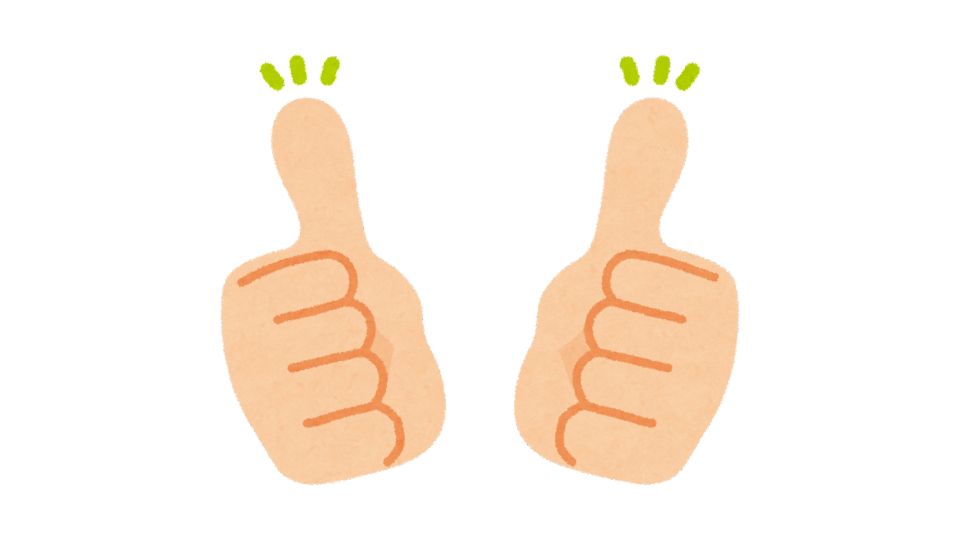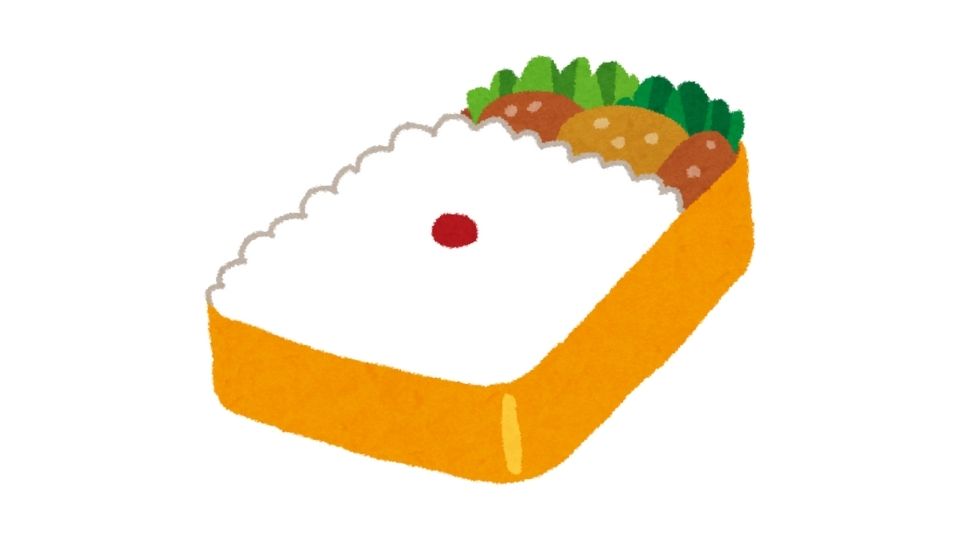Ever felt like tracking your food is way too complicated? Like you need a science degree, a food scale, and three different apps just to figure out if you’re eating right?
I get it. Food scales are accurate but they’re also annoying as hell. Who wants to weigh every single bite of food they eat? (Not me!)
Good news: you absolutely don’t need a food scale to track your macros effectively. There are simpler ways that actually work – and won’t make you lose your mind in the process.
Let’s break down how to track those carbs, proteins, and fats without turning your kitchen into a laboratory.

No-Scale Macro Tracking: Easier Than You Think
Why Ditch the Food Scale?

Food scales are great for bodybuilders and competitive athletes who need precision down to the gram. But for most of us? They’re overkill.
Here’s why you might want to skip the scale:
- They’re inconvenient – especially when eating out or traveling
- They can trigger obsessive behaviors for some people
- They make eating feel like a chore instead of something enjoyable
- They’re another thing to clean (and who needs more dishes?)
Remember: consistency beats perfection every single time. If weighing food makes you want to quit tracking altogether, it’s actually working against your goals.
Simple Ways to Track Without Going Crazy
1. Your Hand is Actually an Amazing Measuring Tool
Your body comes with built-in portion guides that work surprisingly well:
- Your palm = a serving of protein (about 3-4oz)
- Your fist = 1 cup of veggies or carbs
- Your cupped hand = 1/2 cup of dense carbs
- Your thumb = 1 tablespoon of fats (oils, nut butter)
This method is backed by nutrition experts and works anywhere – restaurants, parties, your mom’s house, wherever.
2. Measuring Cups & Spoons Are Your Friends
Not as convenient as your hands, but still way easier than a scale:
- Use measuring cups for rice, pasta, cereal, etc.
- Use measuring spoons for oils, nut butters, dressings
Pro tip: Measure things once or twice so you know what they look like, then eyeball it from there. Your brain is pretty good at remembering visual portions.
3. Use Package Information (The Lazy Way)
This is my personal favorite for ultimate simplicity:
- Pre-portioned foods like yogurt cups or protein bars = one serving
- Packaged foods with nutrition labels = use the serving size listed
- Restaurant chains often have nutrition info online
For example, if a bread package says “1 slice = 15g carbs,” you don’t need to weigh it. Just count the slices. Easy peasy.
Tech That Makes This Even Easier

Macro Tracking Apps That Don’t Suck
There are some genuinely helpful apps that make tracking without a scale way easier:
- MealByMeal: Track via text message (my personal fave for simplicity)
- MyFitnessPal: Huge food database with barcode scanner
- Cronometer: More detailed nutrition breakdown
- MyNetDiary: AI food recognition from photos
The barcode scanning feature on these apps is a game-changer for packaged foods. Just scan and log – no weighing required.
According to research from Johns Hopkins, people who track their food regularly are more successful at weight management, regardless of the exact method they use.
Create Templates for Repeat Meals
If you eat the same breakfast most days (like me), save it as a meal template in your app. Then you can log your entire breakfast in one click instead of entering each food every single time.
This works great for common meals like:
- Your go-to breakfast
- Your favorite protein shake
- Your usual lunch salad
- Common dinner combinations
The “Good Enough” Approach to Tracking

Remember these principles:
- Consistency > perfection – hitting roughly the same macros most days is what matters
- Awareness > precision – just being mindful of what you’re eating puts you ahead of 90% of people
- Sustainability > accuracy – the best tracking method is the one you’ll actually stick with
A study in the International Journal of Behavioral Nutrition and Physical Activity found that simplified tracking methods led to better long-term adherence than complex, precise methods.
When to Use a Scale (And When Not To)
Scales do have their place:
USE A SCALE WHEN:
- You’re just starting out and learning portions
- You’re preparing for a fitness competition
- You hit a plateau and need to be more precise
SKIP THE SCALE WHEN:
- You’re eating out
- You’re at social events
- It’s making you stressed or obsessive
- You’re maintaining your weight successfully
Real Talk: What I Actually Do

After years of tracking macros (and trying everything), here’s my personal approach:
- I measured foods carefully at first to learn what portions look like
- Now I use a mix of methods – mostly eyeballing, sometimes measuring cups
- I track more carefully when cutting weight, more loosely when maintaining
- I focus on protein first, then fill in carbs and fats
This flexible approach has kept me sane while still getting results. It’s all about finding what works for YOU.
According to sports nutritionists at the American College of Sports Medicine, this kind of “educated estimation” is effective for most people’s goals.
The bottom line? Tracking your macros doesn’t have to be complicated. Ditch the scale, use the simple methods above, and focus on consistency rather than perfect precision.
Your sanity (and your kitchen counter space) will thank you.




Leave a Reply